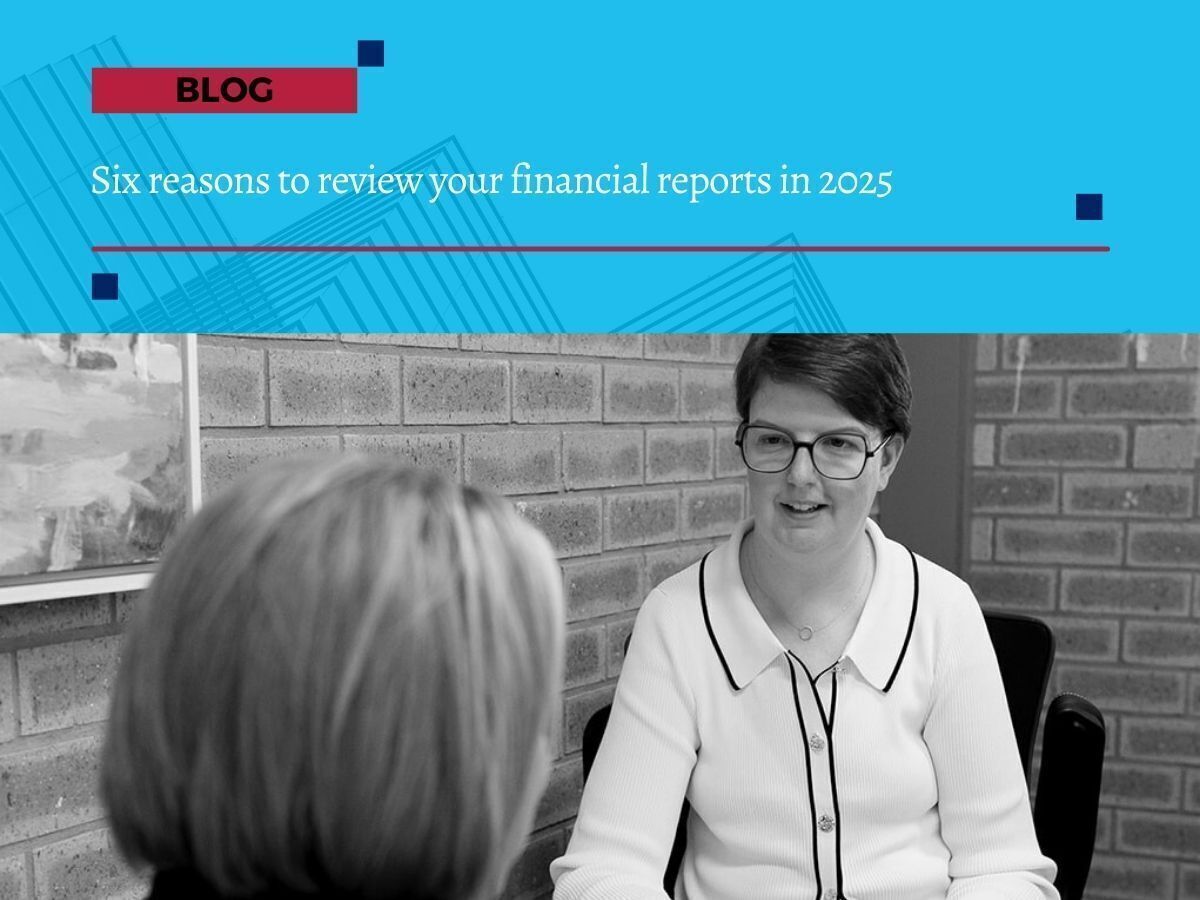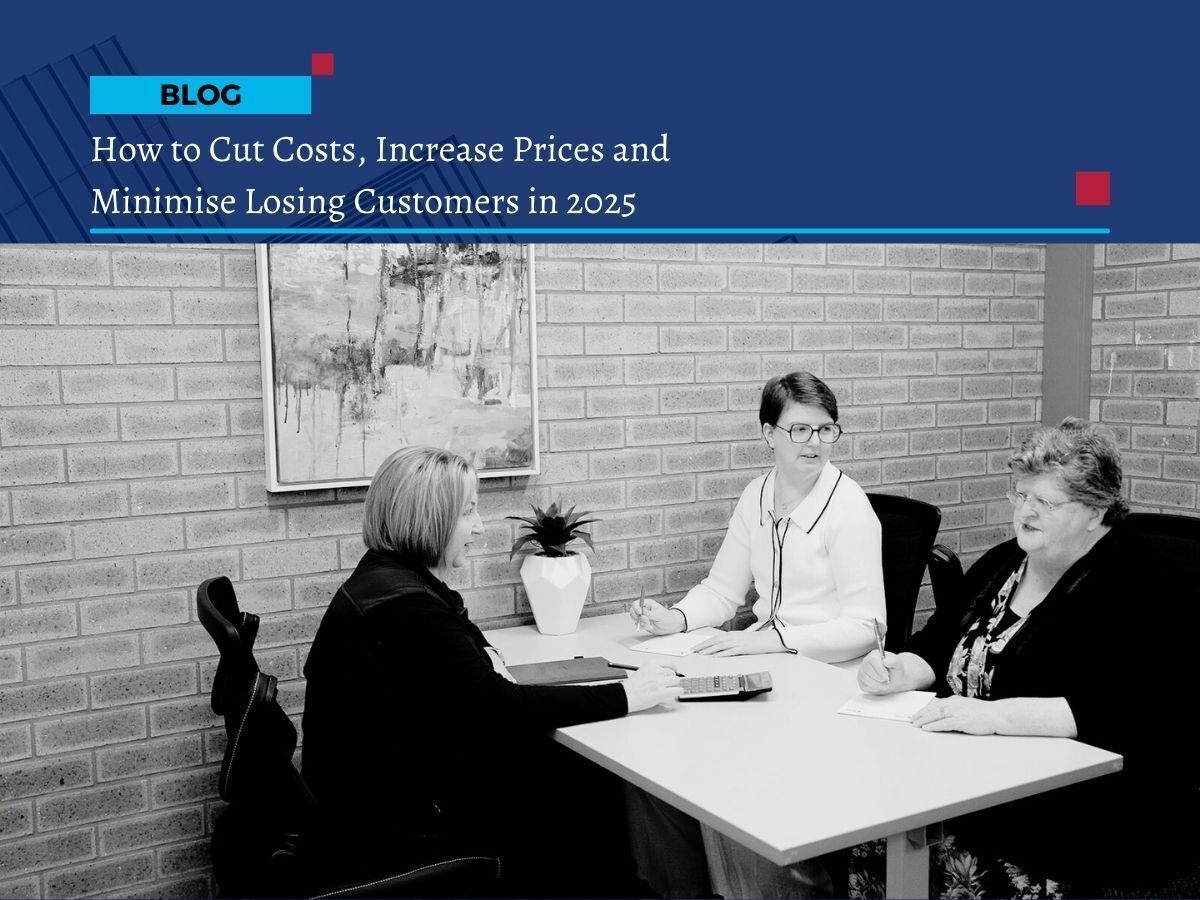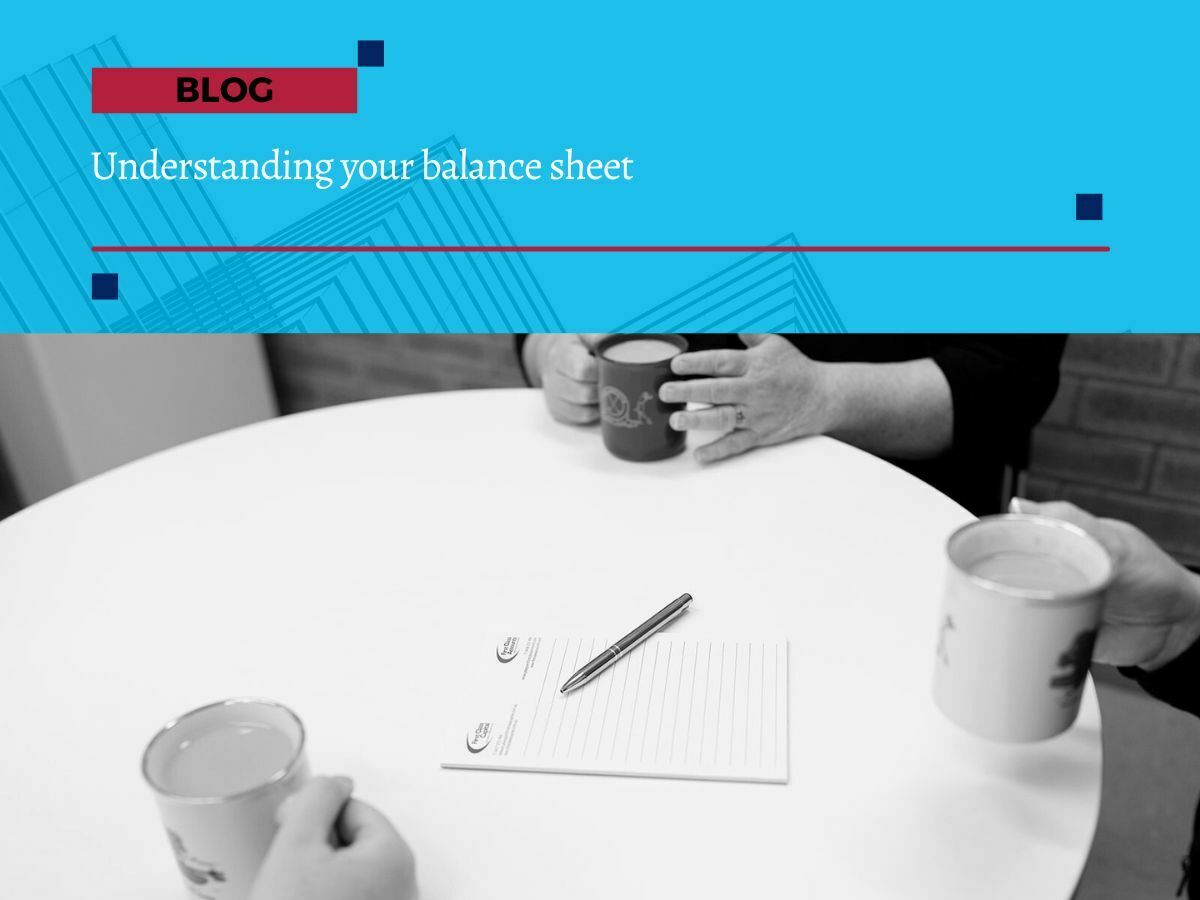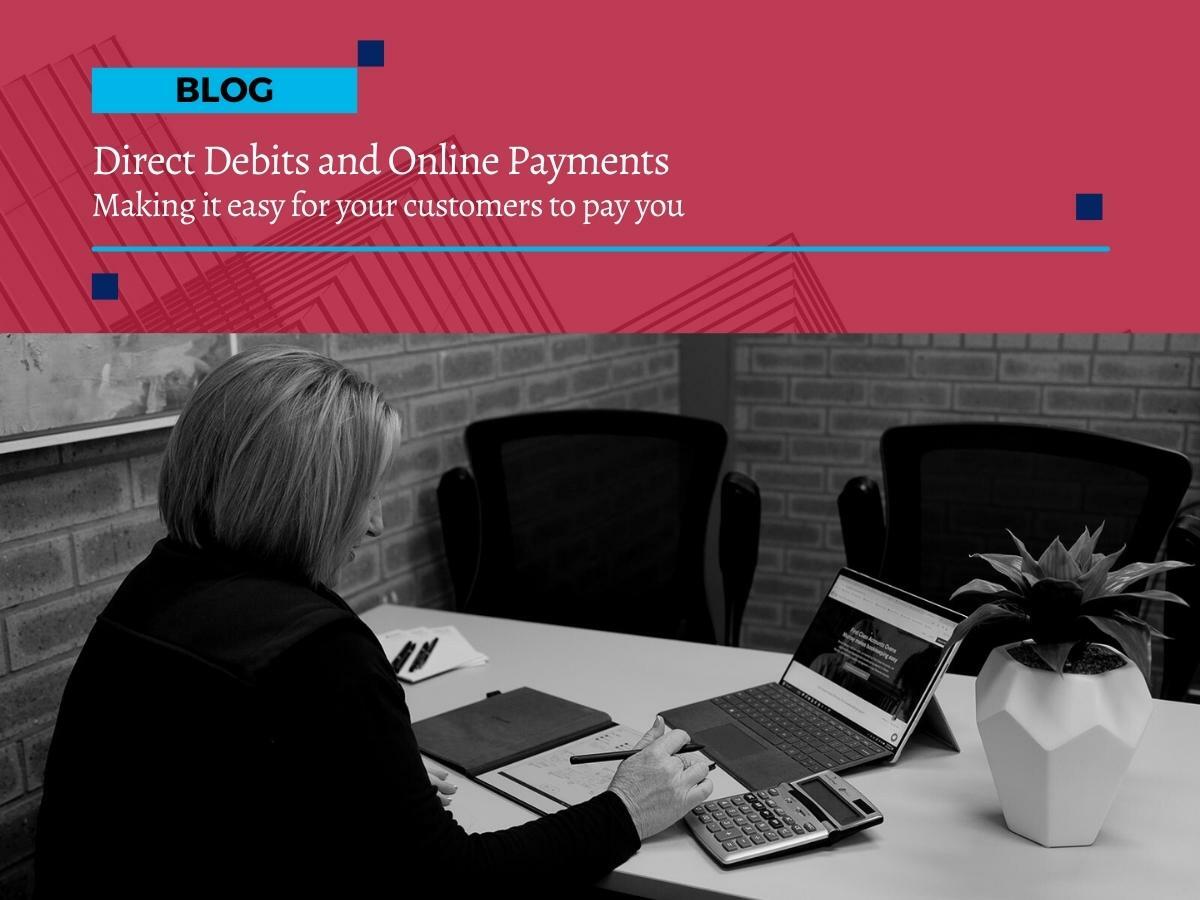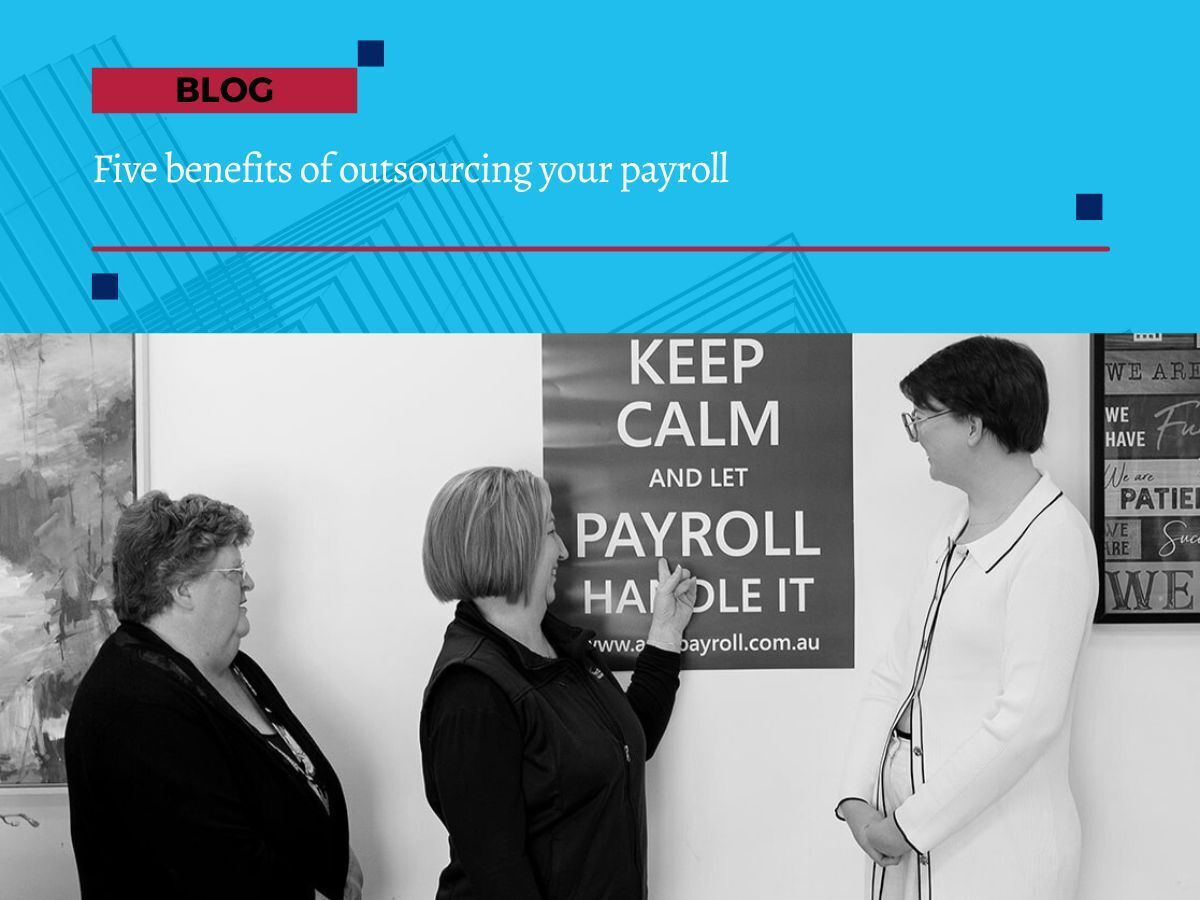
Five benefits of outsourcing your Payroll
Five benefits of outsourcing your payroll
When it comes to running a business, time is an irreplaceable commodity and we are seeing more and more businesses start to outsource specialist or essential services. If you employ people, then payroll is both a specialist and essential service.
Why?
Because outsourcing payroll allows business owners to focus on their strengths and core business, leaving the complexities of systems and compliance to experts.
With the right team behind you, the benefits of outsourcing your payroll can be realised almost immediately.
For many small and medium businesses, outsourcing payroll has also become more relevant with changes to superannuation rules, Single Touch Payroll updates, new reporting requirements, and higher expectations from employees.
A reliable contract service such as First Class Accounts Ovens & Murray helps you stay on top of these changes and maintain accuracy every pay cycle.
Here are five benefits of outsourcing your payroll.
1. Save time
By outsourcing your payroll, time spent on compliance, regulations, and training staff on using internal systems is eliminated.
Cloud-based payroll services can also eliminate time spent by HR updating entitlements, leave and benefits. This now includes Single Touch Payroll reporting, superannuation checking tools, and digital employee onboarding, which have added extra steps for employers.
First Class Accounts Ovens & Murray manages these tasks for you through a structured weekly or fortnightly process. You no longer need to pause your day for payroll questions, software issues, award reviews, or chasing paperwork. This saves time and reduces interruptions across your business.
If payroll takes too much of your week, outsourcing to First Class Accounts Ovens & Murray keeps everything running on time.
2. Save money
Having fewer full-time employees can cause a ripple effect on cost savings throughout an organisation, from HR and IT through to office space and utilities. Outsourcing to payroll services providers reduces the cost of hiring and retaining specialised staff – two activities that are expensive and increasingly seen as unnecessary.
Payroll software, compliance requirements, and employer obligations continue to grow, which makes it more costly to train internal staff or correct mistakes.
Outsourcing removes the need for internal payroll training, specialised systems knowledge, or paying someone to troubleshoot awards or prepare STP corrections.
With First Class Accounts Ovens & Murray, you pay for the service you need and avoid the ongoing cost of an in-house payroll role.
Outsourced payroll can reduce unnecessary overheads. If you want predictable monthly costs, we can help.
3. Compliance
For many small business owners payroll isn’t a core competency. And that means the complexity of work place agreements and EBAs increases the risk of costly errors. Keeping up with the Australian Government’s National Employee Standards (NES) requires vigilance and expertise to remain compliant.
Penalties for incorrect payroll, superannuation underpayments, and late lodgements continue to increase, and compliance checks are now more detailed across most industries.
Superannuation is now monitored more closely through digital reporting, and award changes occur more frequently. Outsourcing to a specialist payroll provider ensures that the minimum standards are adhered to and helps reduce the risk of incorrect classifications and missed entitlements.
First Class Accounts Ovens & Murray manages compliance as part of your payroll service, including employee setup, leave accruals, superannuation calculations, and STP submissions.
4. Simplified reporting
Outsourcing payroll provides complete transparency and access to accurate information that doesn’t need to be verified. Simplified reporting means, as a business owner, you can more effectively plan for growth and predict changes to your staffing needs.
Over the past few years, payroll reporting has expanded to include STP, clearer breakdowns of pay categories, and more detailed leave reporting. Accurate information helps with cash flow planning, preparing for superannuation payments, and understanding the real cost of employing staff.
First Class Accounts Ovens & Murray provides clear payroll reports and explains what the information means in practical terms so you can make informed decisions.
If you want reporting that is easy to understand, we can prepare the information you need.
5. Avoid losing payroll expertise
Outsourcing your payroll means your business maintains a consistent approach to payroll management. There’s no need to induct employees and role transfer can be reduced to the functions and outputs of the payroll service.
This has become even more important as many businesses now operate with smaller teams or experience turnover in administration roles. When payroll knowledge sits with one internal person, the risk of errors and missed deadlines increases if they are away or move to a different role.
First Class Accounts Ovens & Murray provides a documented, reliable process that continues no matter what is happening inside your business.
At the end of the day outsourcing payroll services allows you to focus on the aspects of your business that generate revenue. It also removes the stress of keeping up with award changes, system updates, and reporting deadlines.
Talk to us today about outsourcing your payroll so you can invest in strategic resources that increase value and drive the growth of your business. First Class Accounts Ovens & Murray provides a reliable contract service that continues regardless of staff changes, holidays, or internal pressures.
Common questions about outsourcing payroll
What does outsourcing payroll include?
It usually includes processing wages, superannuation, leave, onboarding, and STP reporting. First Class Accounts Ovens & Murray manages these tasks for you.
Is outsourcing payroll cost effective?
It reduces employment costs, software costs, and time spent managing compliance. Many small businesses find outsourced payroll more predictable than an in-house role.
How does outsourcing help with compliance?
A payroll provider stays across award changes, National Employment Standards (NES) requirements, and superannuation rules. First Class Accounts Ovens & Murray ensures payroll is processed accurately and on time.


